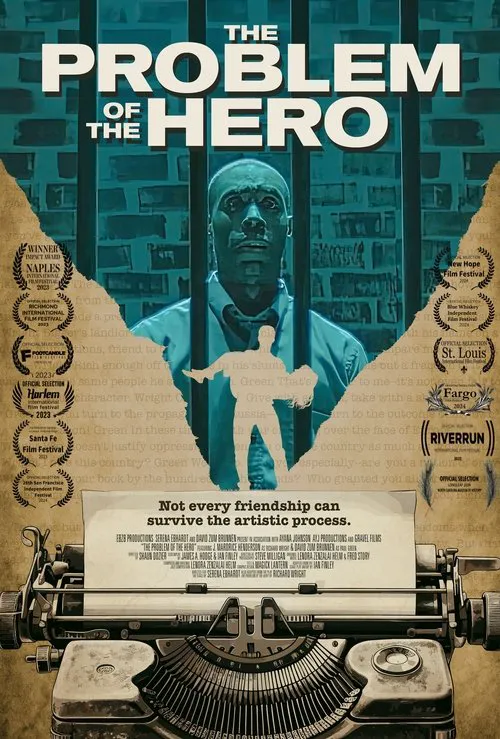The Problem of the Hero

Plot
The Problem of the Hero was a pivotal moment in the adaptation of Richard Wright's bestselling novel, Native Son, into a Broadway play. In 1940, Wright, who had become known for his powerful and unflinching portrayal of the African-American experience, sought out the guidance of Pulitzer Prize-winning playwright Paul Green to breathe life into his narrative on the stage. Native Son, published in 1940, was Wright's first book to garner national attention. The novel revolved around the story of Bigger Thomas, a young black man trapped in a poverty-stricken Chicago neighborhood, who commits a heinous crime that sparks a series of events that exposes the dark underbelly of racial tensions and societal injustices in the United States. Green, renowned for his own dramatic works, was initially hesitant to take on the challenge of adapting Wright's novel due to its intense and provocative nature. However, Wright's persuasion and conviction eventually won him over, and the two began working together on the script. As rehearsals for the play neared their climax and opening night drew closer, Wright and Green started to have second thoughts about the direction of the adaptation. They became embroiled in a heated debate over a single page of the script, which was the point where the story's pivotal events took place. The page in question portrayed Bigger's brutal murder of Mary Dalton, a white woman, and the subsequent aftermath, which led to Bigger's downfall and eventual execution. While Wright remained committed to his original vision, Green, aware of the sensitivity of the content, started to feel uneasy about the potential consequences of how this pivotal scene would be received by the audience. Green's concerns were rooted in the societal realities of 1940 America, where racial tensions were simmering beneath the surface and open discussions about racism and inequality were often met with resistance or outright hostility. He feared that the explicit language and depiction of the violence in the script might be too much for the playgoers to stomach and potentially incite a backlash against the production. Wright, on the other hand, saw his novel as a reflection of the harsh realities faced by African-Americans during that time period. He believed that the graphic description of Bigger's actions, no matter how reprehensible they were, was necessary to convey the depth of racial inequality and the societal pressures that led to his downfall. The disagreement between Wright and Green became a contentious and emotionally charged issue, as they struggled to reconcile their differing artistic visions. Wright felt that Green's doubts were a hindrance to the production's integrity and would ultimately undermine the impact of the story. Green, on the other hand, saw Wright's refusal to compromise as a threat to the play's commercial viability and, more importantly, its potential to spark meaningful conversations about racism. As tensions between the two men continued to escalate, the pressure on them mounted. The opening night of the play was fast approaching, and the cast, crew, and production team were anxiously waiting for a resolution to the crisis. Despite the uncertainty surrounding the fate of the play, Wright remained resolute in his commitment to his vision. He saw Native Son as a vital opportunity to bring attention to the plight of African-Americans and to challenge the status quo. His determination was unyielding, and he refused to budge from his stance that the script was a precise representation of the world he had portrayed on the page. Ultimately, Wright's conviction and Green's artistic reservations would have far-reaching consequences for the future of Native Son. Although the play never made it to the stage in its original form, the controversy surrounding its production would go on to contribute significantly to its cultural significance. By pushing the boundaries of what was considered acceptable on stage, Wright and Green inadvertently created a cultural phenomenon that would resonate for generations to come. The Problem of the Hero became a pivotal moment in the adaptation of Native Son, one that would forever change the course of the play's history. Though the conflict between Wright and Green may never have been fully resolved, it left behind a lasting legacy – a testament to the power of creative expression to challenge societal norms and push the boundaries of what is possible.
Reviews
Recommendations



